What fabrics are carpets woven from?
Carpets have been used for centuries. The oldest surviving carpet was found in Siberia and dates back to the 4th-5th century BC. Traditionally, carpets are made of wool, but since the introduction of synthetic fabrics in the 20th century, polyester, polypropylene, viscose and acrylic have also been used. Here we will try to briefly summarize the most important and widely used carpet fabrics on the Bulgarian market.
Wool
Wool is one of the oldest materials used for textile production, including carpet weaving. It is used in hand-knotted, hand-woven carpets, hand-taffeta carpets, and some machine-woven carpets. Most notably as the material from which the haf (velour, hair) of carpets is produced. In nomadic and rural carpets, the base of the carpet is also made of wool.
Live wool is wool obtained by shearing a live animal. Usually from sheep of specific breeds raised primarily for their wool. The wool obtained in this way is not subjected to processing that would damage the fiber (unlike pulled wool).
Structure
Fibers are made up of different types of proteins. The most interesting are keratins. They are responsible for the high elasticity and strength of wool.
Types of wool
- Live wool – sheared from live sheep;
- Leather wool – obtained from the skinned skin of sheep, of lower quality;
- High-mountain wool – high-quality and highly durable, from sheep raised in the mountains – e.g. in the Himalayas for Nepalese wool;
- Plains wool – soft and shiny from sheep raised on large plains, e.g. New Zealand wool;
The longer the wool fibers, the better quality the wool yarn.
Properties
Wool has a natural thermoregulatory property. Inside its fibers, wool can absorb water vapor, while its surface repels water. Wool can absorb up to 36% of its dry weight without feeling damp. It gives off moisture much faster than cotton, for example. Wool is a very good insulator. It consists of up to 85% air, which does not allow the heat in the room to pass through the carpet and be transformed so easily. Its fibers are very elastic and, thanks to their specific shape, they have a very hard time absorbing dirt and do not wrinkle. Wool has a very high color fastness and is difficult to ignite because it does not burn, but smolders. Many classic oriental carpets are colored with natural dyes.
Acrylic
Acrylic is used in hand and machine taffeta carpets. The highest quality is Taiwanese acrylic, which is close to wool in characteristics. Polyacrylic carpets are soft to the touch, difficult to get dirty and easy to clean. They are a good internal insulator. Recommended for use in children's rooms because it does not retain dust and does not release lint. The new fibers are produced from the special acrylic yarn espirel, which is extremely durable and has a natural "woolly" appearance.
Cotton
After wool, cotton is the second most important fabric in hand-knotted carpets. It is used to make hand-woven carpets such as rugs, as well as for the base of hand-knotted wool carpets. A durable and stable natural material. However, unlike wool, it does not absorb moisture and is not recommended for constantly damp rooms - it can get moldy. An advantage of hand-woven carpets - rugs is that they can be washed in a washing machine.
Mercerized (refined) cotton
It is used as a cheaper substitute for silk in the hafa of some carpets. Most notably in hand-knotted carpets in Kashmir – India, and Kayseri – Turkey. It looks similar to silk, pleasant and soft to the touch. Additional processing gives it better durability than raw cotton, but not as much as silk or wool.
Silk
The most luxurious material in carpet production. The material is highly valued because of the labor-intensive process of extracting it from the cocoons of the silk moth. The silkworm has been cultivated for 4,000 years, its homeland is ancient China. Exporting silkworms or silkworm seeds outside the borders of the empire was punishable by death. Nowadays, the leaders in silk production are China, India, Uzbekistan and Thailand. It is used for contours in hafa (velour, hair) and for details of woolen carpets. The finest carpets are hand-knotted entirely from silk on a base also from silk. Very soft to the touch. With a refined and noble gloss. Silk fibers are very strong and difficult to break.
Viscose
Semi-synthetic fibers made from cellulose. Semi-synthetic because the basic raw material for their production is wood. Used in the pile (velour, pile) of the carpet. In terms of properties and appearance, it is close to silk. Soft and pleasant to the touch. Fine and with a luxurious light shine.
Polypropylene
It is used for the pile (velour, pile) of machine-woven carpets. These carpets are moisture-resistant, lightweight, highly durable, and more affordable.
Thermoset polypropylene
With additional processing for greater strength and durability of the fiber - if you move the table that sits on the carpet, the thread will restore its volume. The fiber's resistance and color fastness to washing are also increased. The thermoset polypropylene is also antistatic and easy to maintain.
Polyester
It is used for the pile (velour, pile) of machine-woven carpets. The most affordable in terms of price, polyester is the most widely used material for carpets offered on the Bulgarian market. Some manufacturers use additional treatments to enhance the qualities of polyester – light resistance, wear resistance, resistance to cleaning and washing, as well as the elasticity of the fiber.


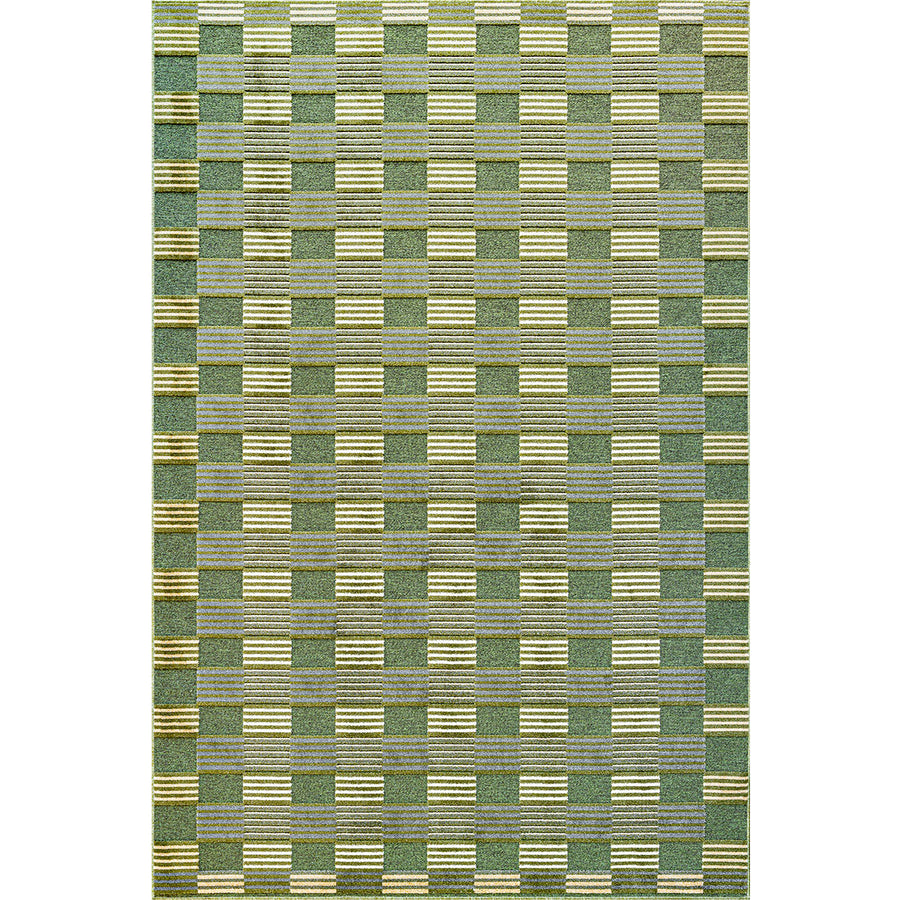
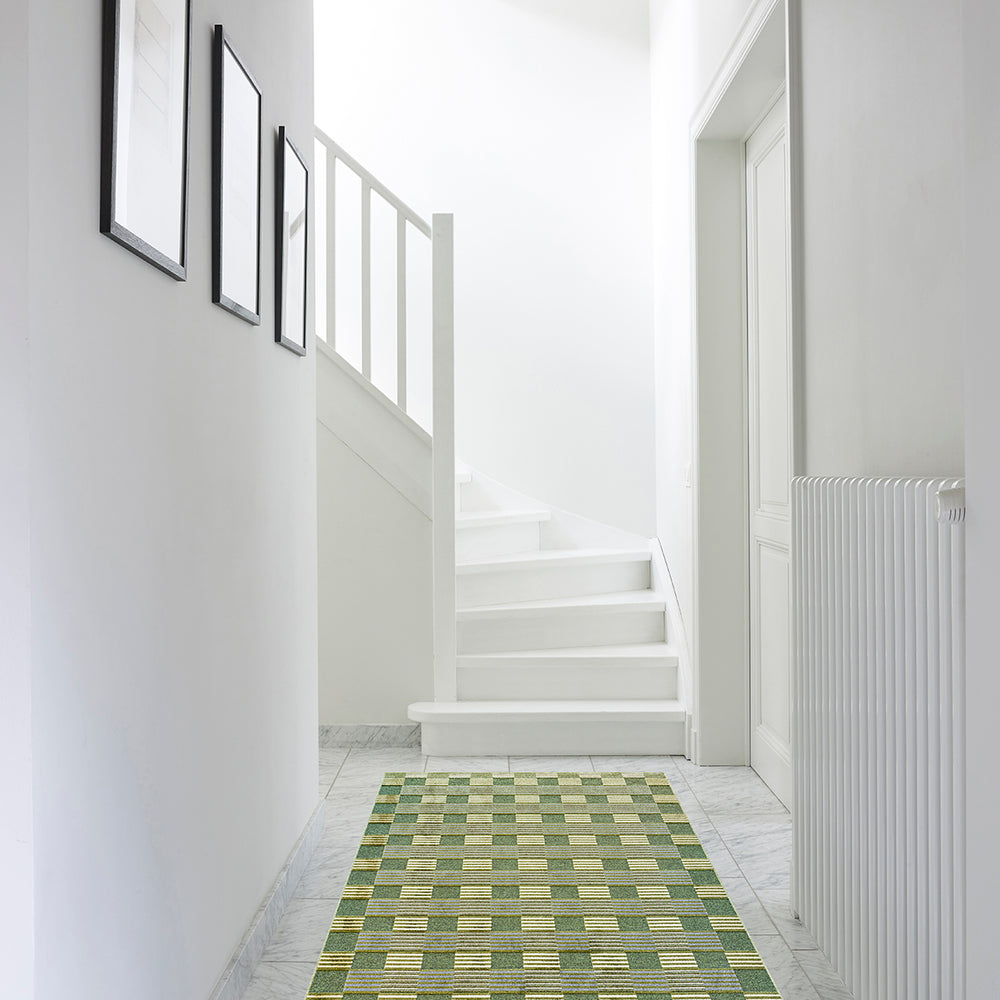
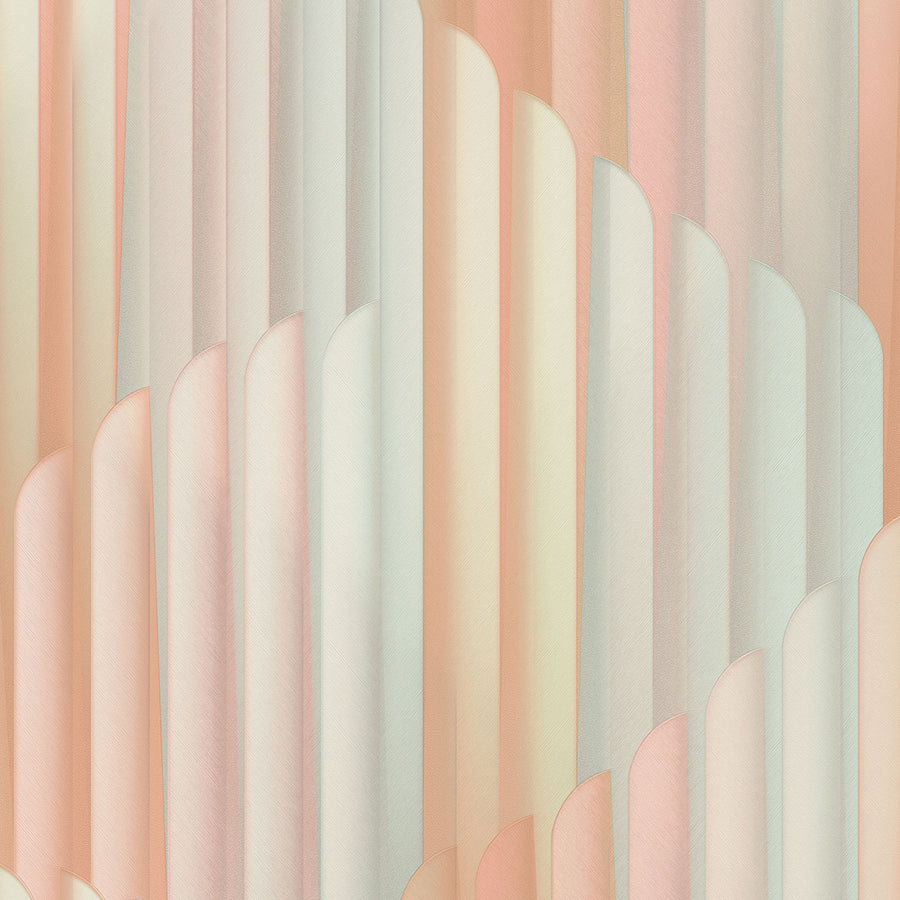
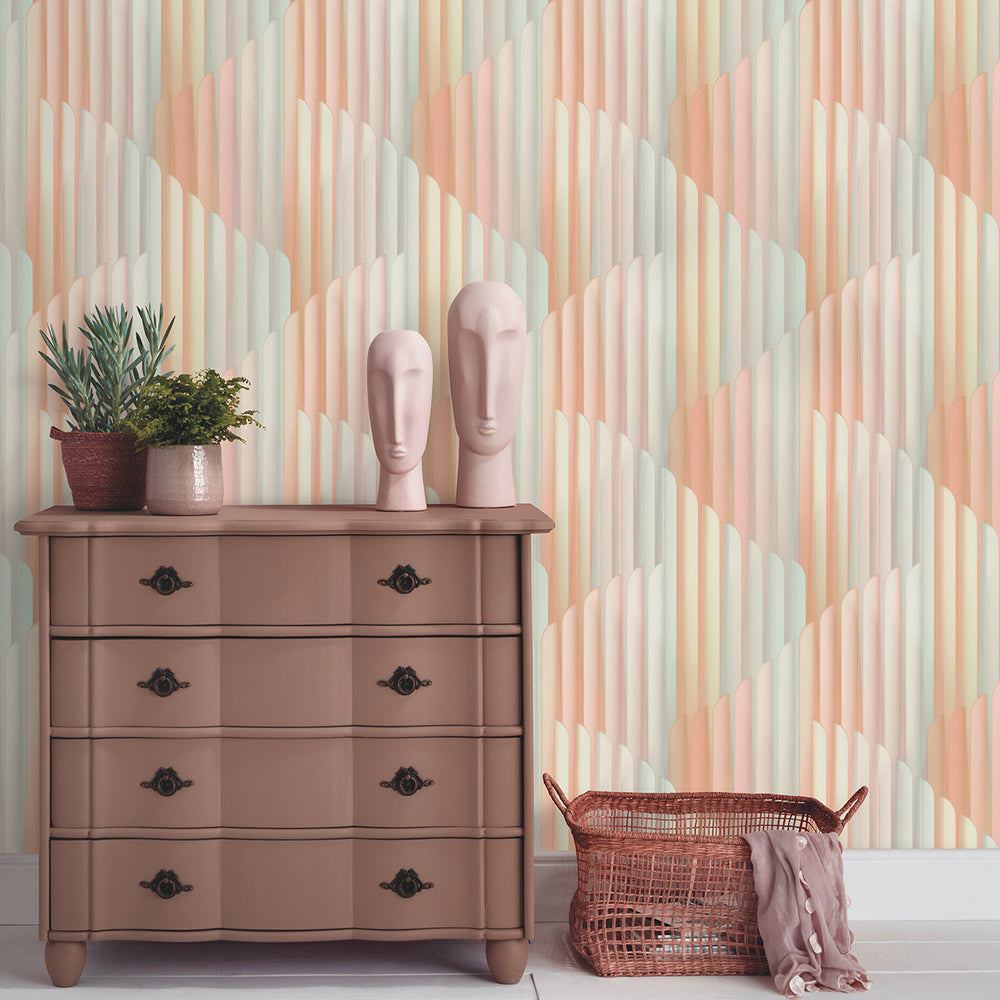
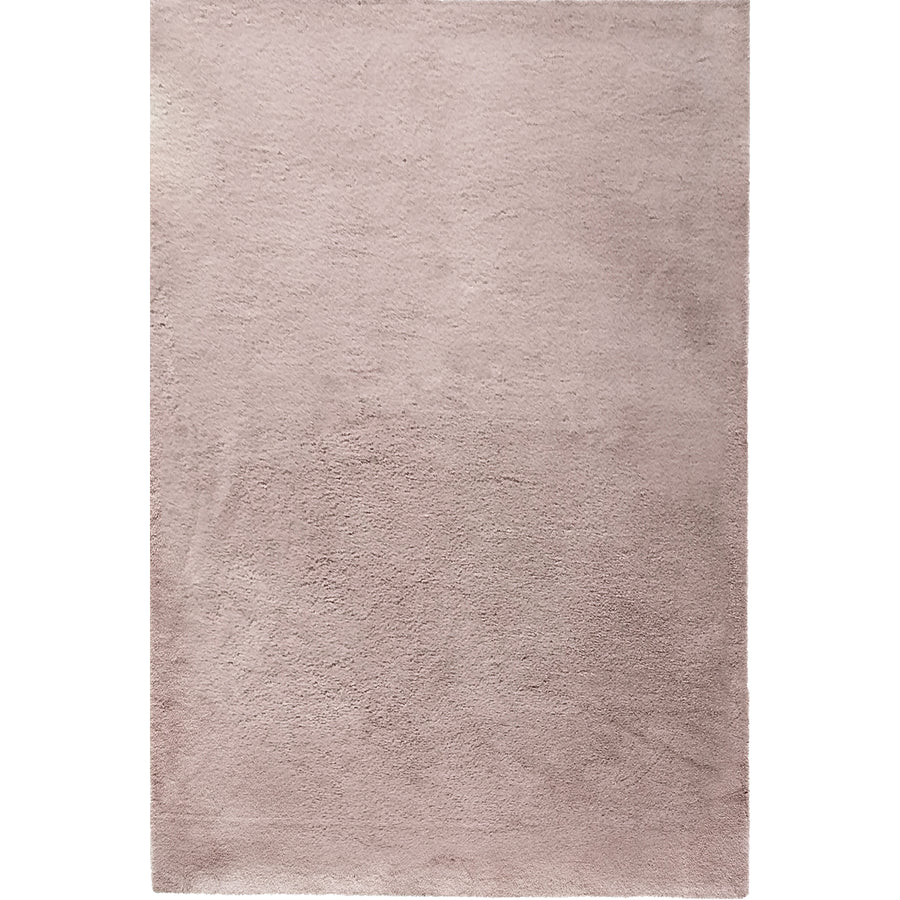
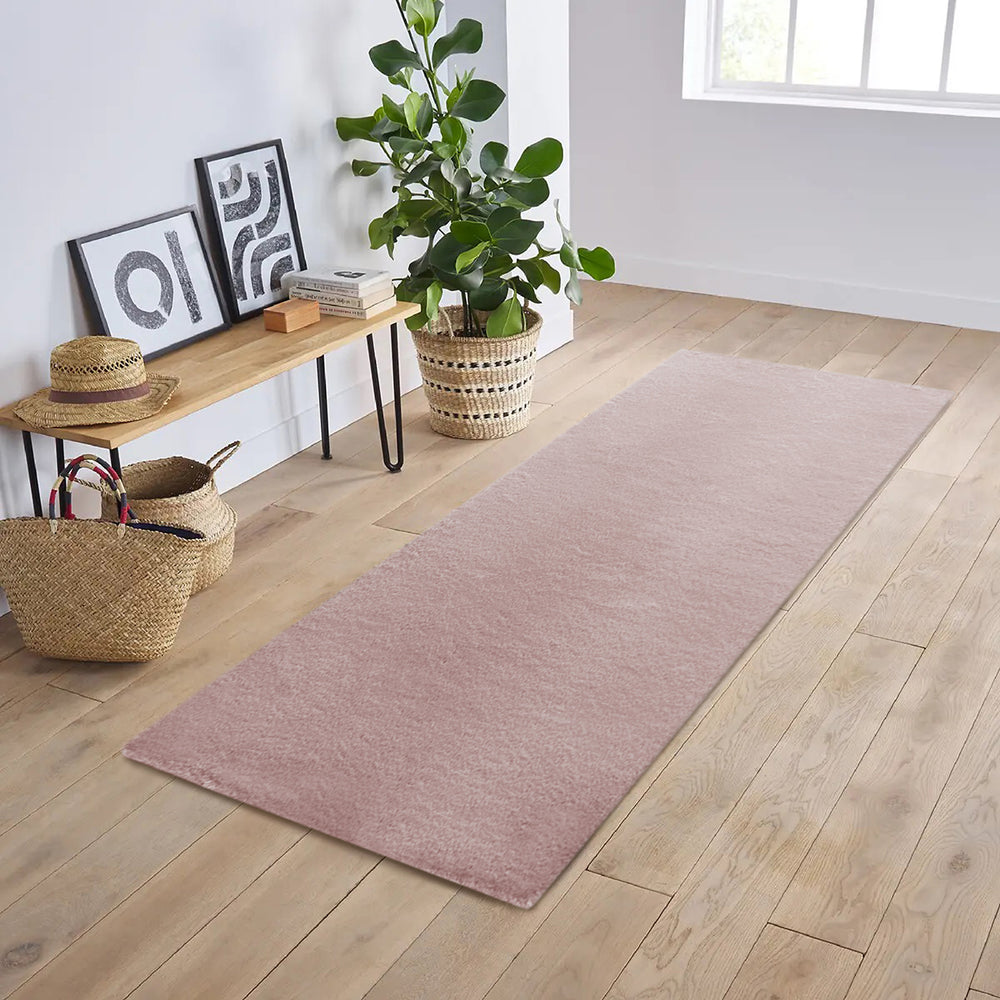
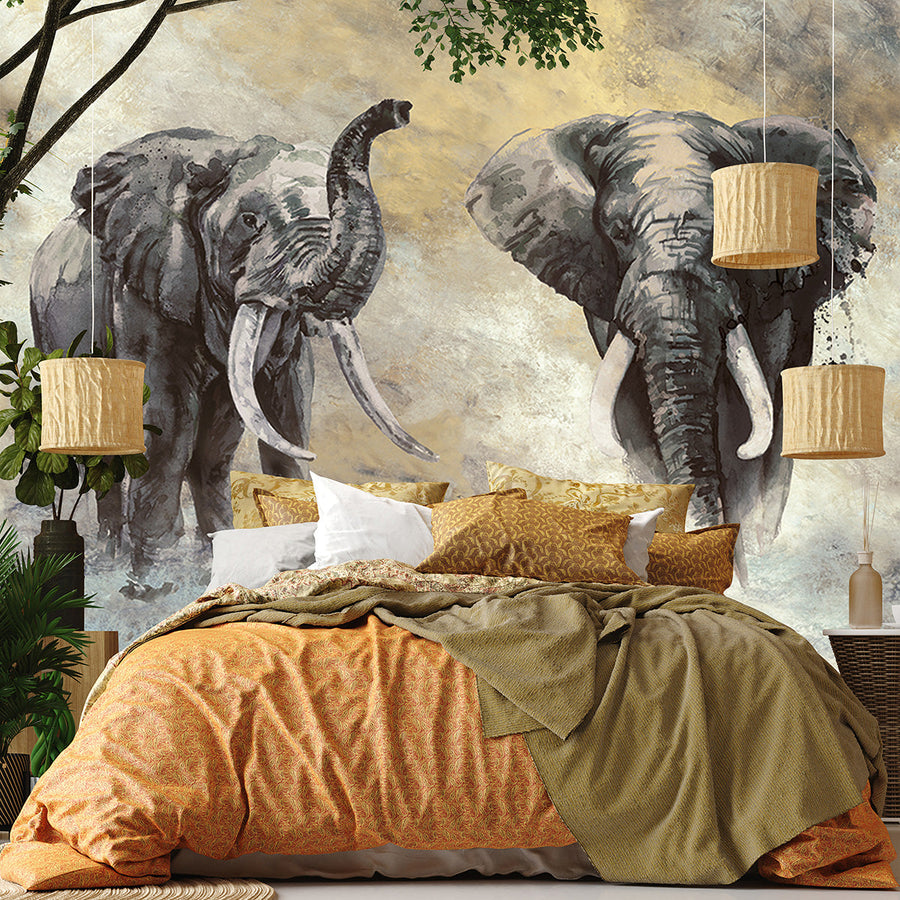
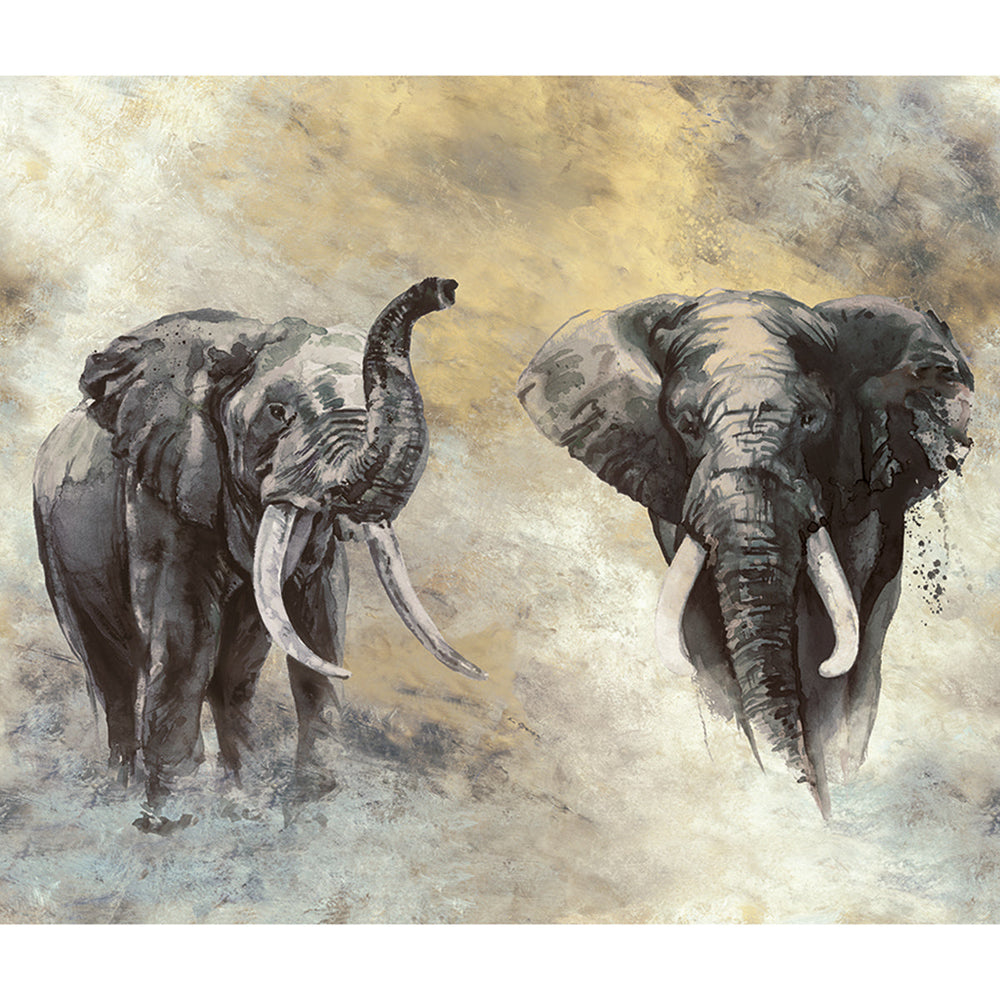
Leave a comment